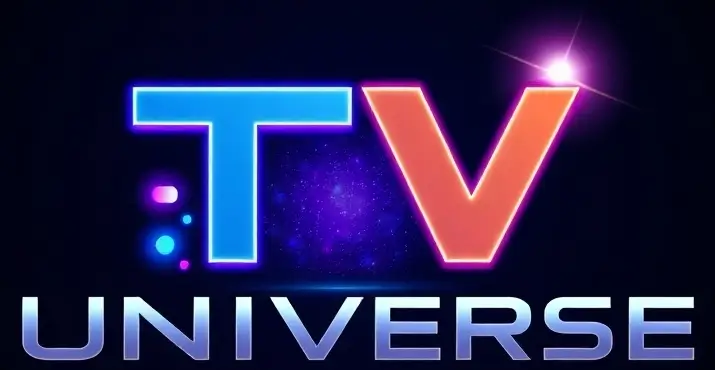
Reading the Media
Founded by a collective of radical media makers in 1981, Paper Tiger Television pioneered edutainment. Broadcast on public access television, the collective took a grassroots, DIY approach to media production that showcased how television was made through television, while critiquing corporate media and attempting to build a more equitable form of moving image. As one of the founders put it: “It is one thing to critique the mass media and rail against their abuses. It is quite another to create viable alternatives.” Punk and experimental, Paper Tiger Television was such an alternative. The series, Reading the Media, featured all manner of intellectuals, artists, and activists analyzing, and satirizing newspapers, magazines, and even cigarette ads to decipher their hidden codes, messages, and ideologies.
Select an episode to start watching
Rating
0.0/10
Release Date
Episodes
5 (1 seasons)
Status
Ended

